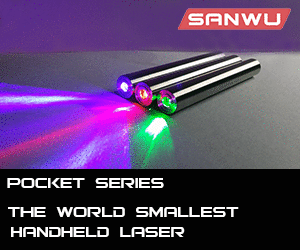Platupus999
Member
- Joined
- Dec 5, 2020
- Messages
- 49
- Points
- 8
So to build my driver i am going to use a LM317 and i also need a resistor to connect adjust and Vout however i am unsure how to calculate what resistor i need btw i am using a 50mw 405nm laser diode.




